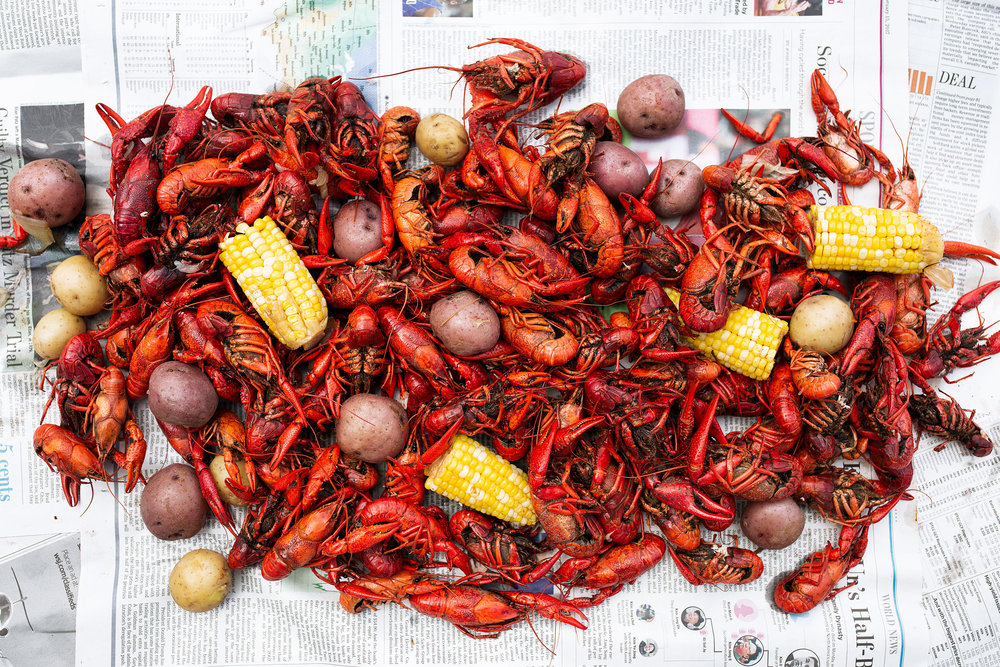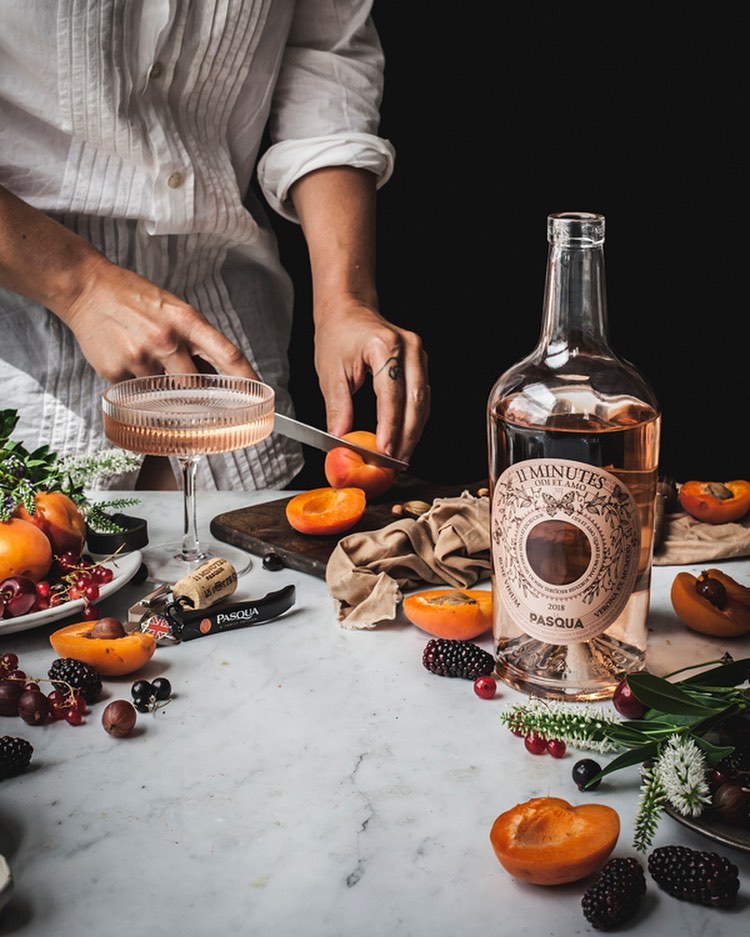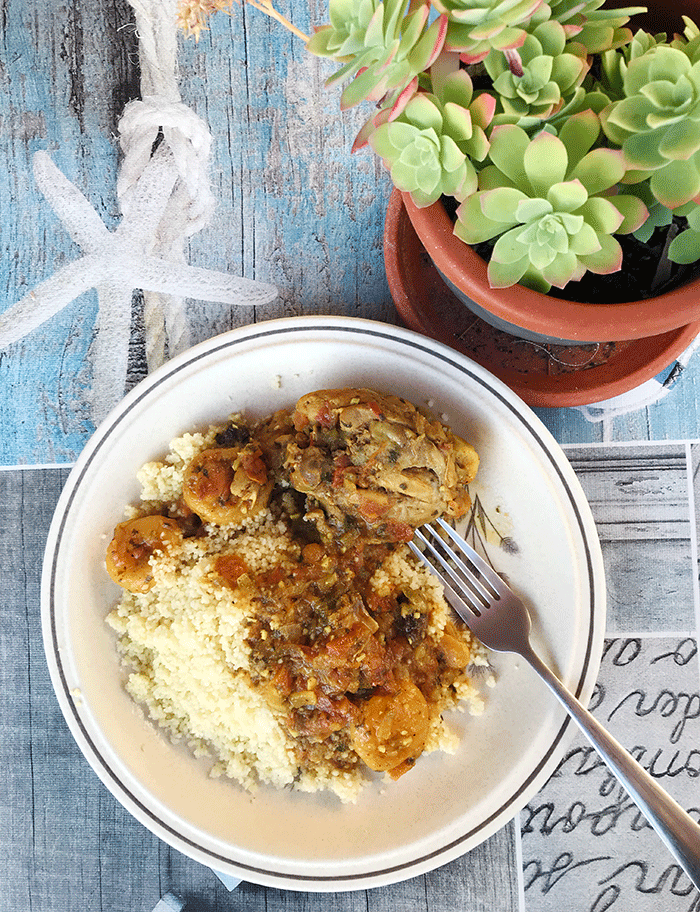Everything You Need to Know about Louisiana Crawfish
Crawfish has been a fundamental element of Louisiana culture and tradition going as far back as the early Native American and European colonies. The freshwater crustaceans are ample in the marshes and swamps of Louisiana, making it a popular food choice for the primary residents of the southern state. Generations later, festivals and time-honored traditions continue to host crawfish boil events that are popular with local residents and tourists alike. Crawfish, when shelled, can also be savored in pies, sandwiches, and pasta.

The Crawfish or mudbugs are freshwater crustaceans. They look similar to a small lobster and thrive in brooks and streams where freshwater runs through. Others live in paddy fields and swamps. Louisiana alone has more than 30 different species. However, only the red swamp and white river crawfish are commercially popular. Louisiana markets sold crawfish since the late 1800s. Cajun immigrants altered existing lobster recipes and used crawfish as a substitute. New Orleans picked up on this, making crawfish identifiable with Louisiana cuisine.
Crawfish farming originally began in man-made ponds and has now evolved as the largest aquaculture in America. Wild harvest can change each season, so farmers experimented with ways to cultivate the crawfish effectively. The annual yield of Louisiana crawfish is from 120-15 million pounds contributing $300 million to the local economy yearly. If you are planning to host a crawfish boil, it is good to prepare ahead and source the freshest harvest from a reputable Louisiana crawfish company. Louisiana is the sole state leading the freshwater crustacean cultivation, providing 95% of the domestic crawfish demand.
The majority of the crawfish are harvested between the months of December and June. However, the peak months that turnout quality crawfish are from March to May. This is also when Louisiana gathers the most productive. The season can change each year because it relies mainly on the water levels and temperatures.
People gather together multiple times during the season to boil pounds of crawfish and eat them paired with Andouille sausages, corn, and potatoes. This age-old tradition is honored throughout the South. The prices may increase during Easter as it is a popular weekend treat, where many Southern folks host crawfish boils in their backyard.
The cooked crawfish are placed directly from the boiling cauldron onto large long tables covered in plastic and newspapers. The use of utensils and plates is seldom a practice and you are expected to shell the crawfish with your hands. After your group has finished the first batch of spoils, the table is filled with another pile. This process is repeated over and over again.
When preparing for a backyard crawfish boil, or attending a crawfish event for the first time, we have listed a few points to consider below:
- Seek for lively crawfish that are active from a reputable crawfish company dealer
- Once the crawfish are in a sack make sure they are not loosely packed, this avoids the crawfish from pulling each other’s claws off.
- Clean the crawfish by using freshwater to clear the intestinal tract of waste.
- Crawfish are a great source of protein, iron, calcium, phosphorus and vitamin B
- The crawfish tails are low in calories, where a quarter pound of tails contain only about 80 calories.
- The cooking procedure is fairly basic and forgiving with mistakes, it entails a big pot, heat, water, and seasoning of your choice, combined with vegetables like potatoes, mushrooms and corn, sausage and fresh crawfish.
- A cooked crawfish with a straight tail means it is rotten or not fresh.
- The bigger the crawfish the more meat it will have.
- Stock up on newspapers or a plastic table cover so you’ll have something to dump the crawfish on.
- To eat, hold on to the head using one hand and the tail in the other. Proceed to twist the tail. Like shrimp, the flavor is in the head, try to suck the head. Then do away with the first two sections of the tail, squeeze the bottom of the tail and take off the meat.
- Crawfish also have a black trail of poop which should be removed before eating.
- Always wear dark comfortable clothes, because it can get messy. If your hair is long, make sure to tie it in a neat bun and remove rings and watches before digging in.
- Have your own water bottle as some crawfish boils can get spicy. Southern food is quite hot, and the boiling pot is rarely changed in between boils. So each preceding boil gets spicier.
- The best way to keep your hands from smelling after a crawfish boil is by using warm water and lemon.
In closing, whether at a crawfish backyard boil, a roadside shack, a local festival or experimenting with your own recipe at home, your crawfish should be purchased from a reputable source ensuring that it is fresh and bought in season. Savor the best quality only from Lousiana.






